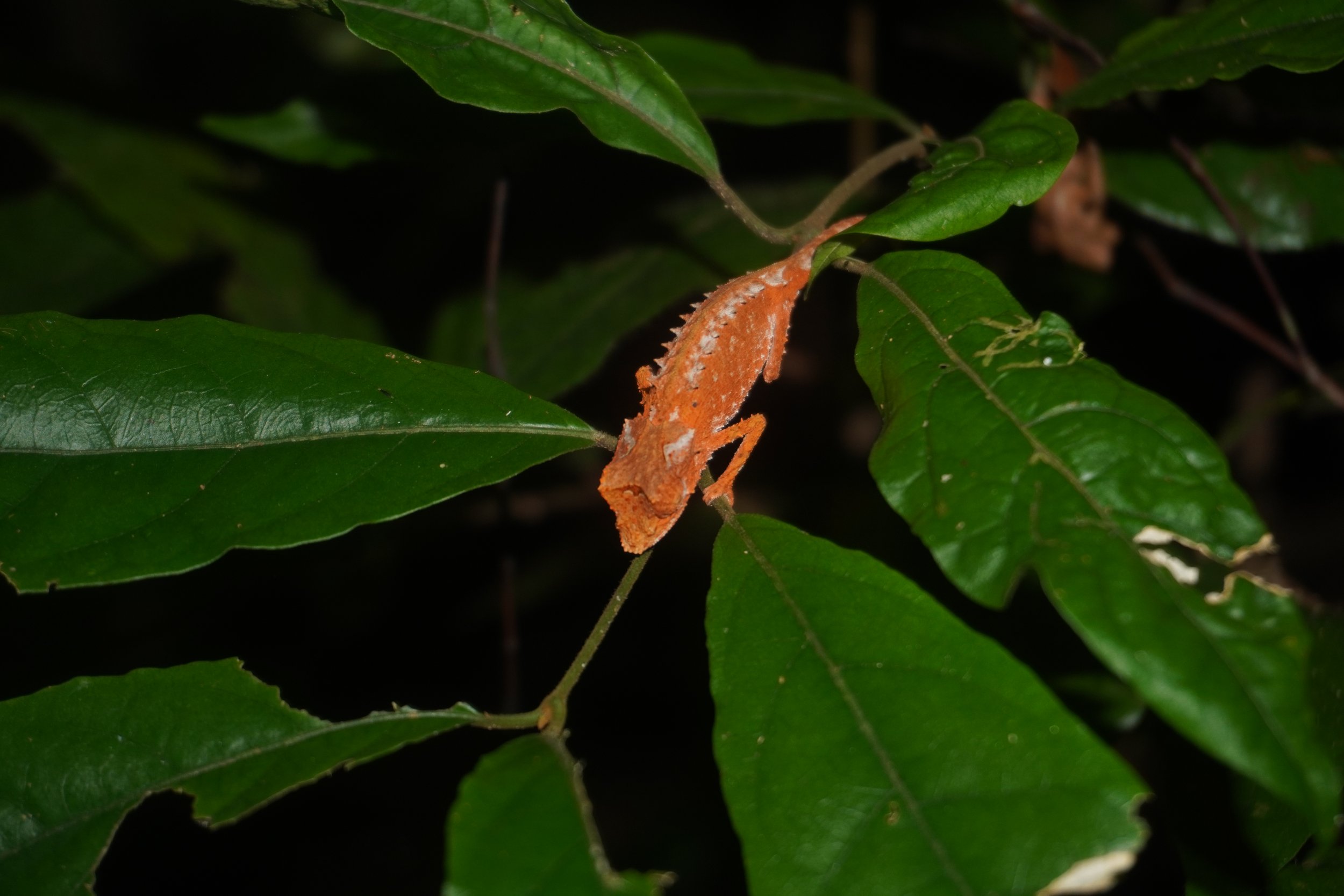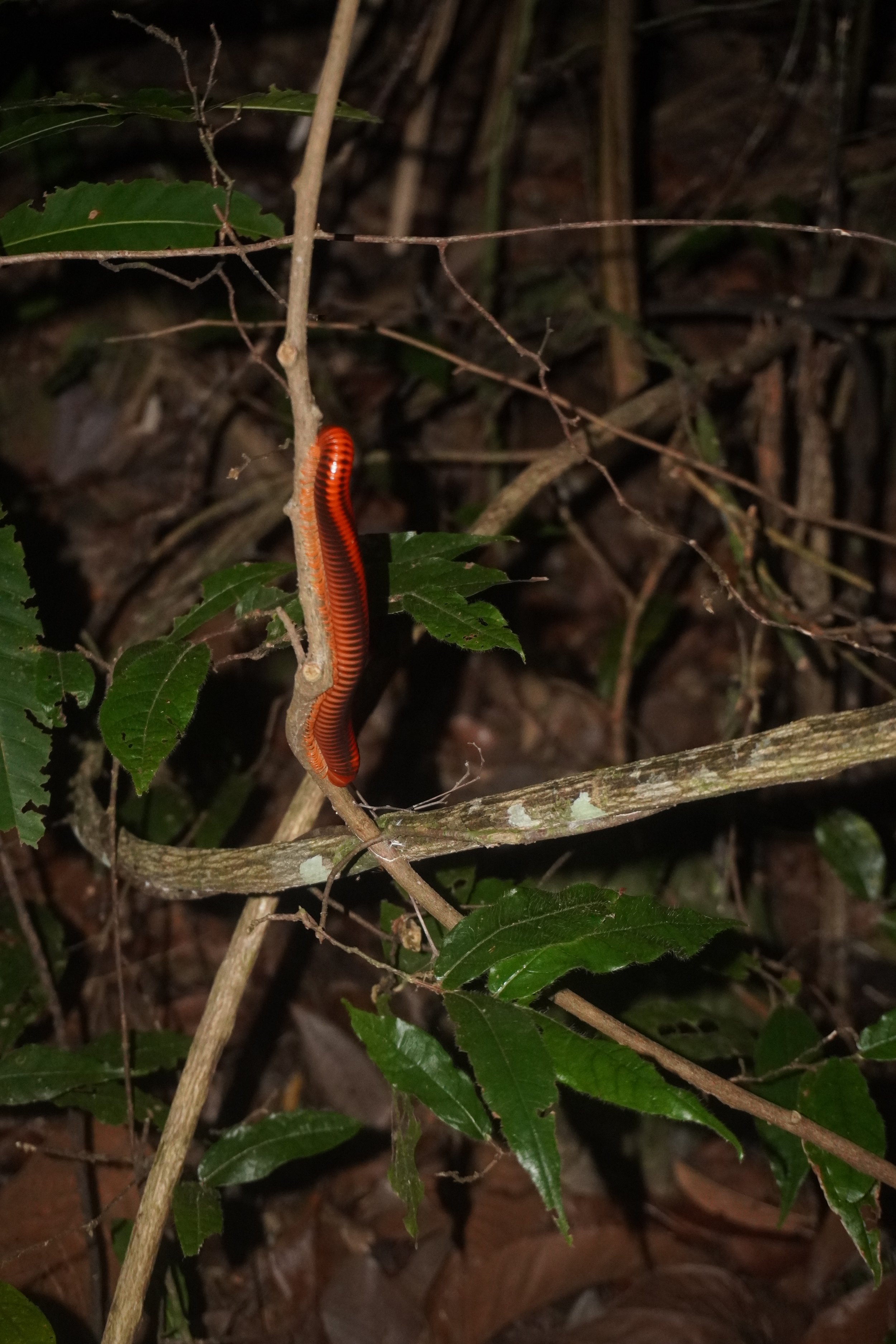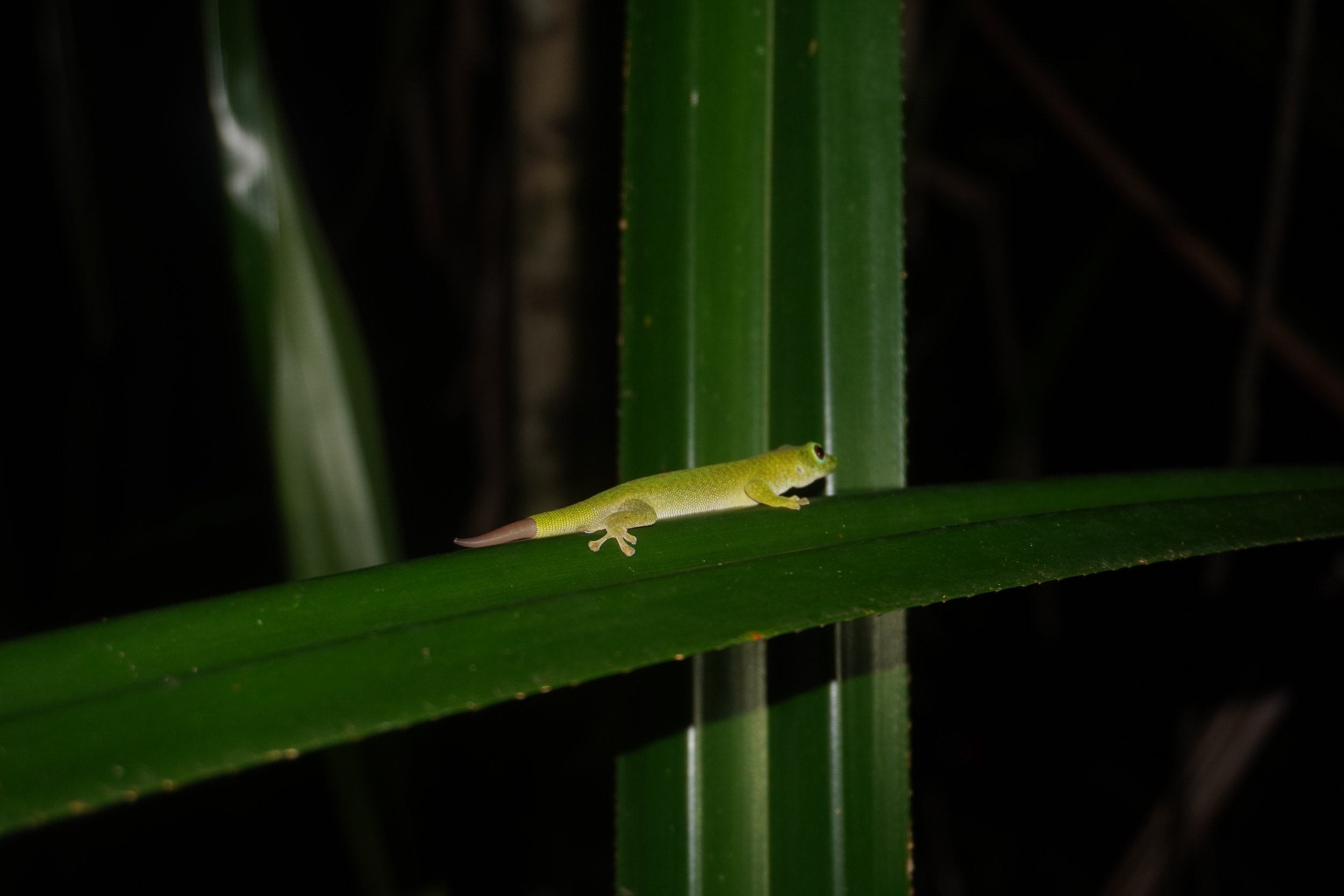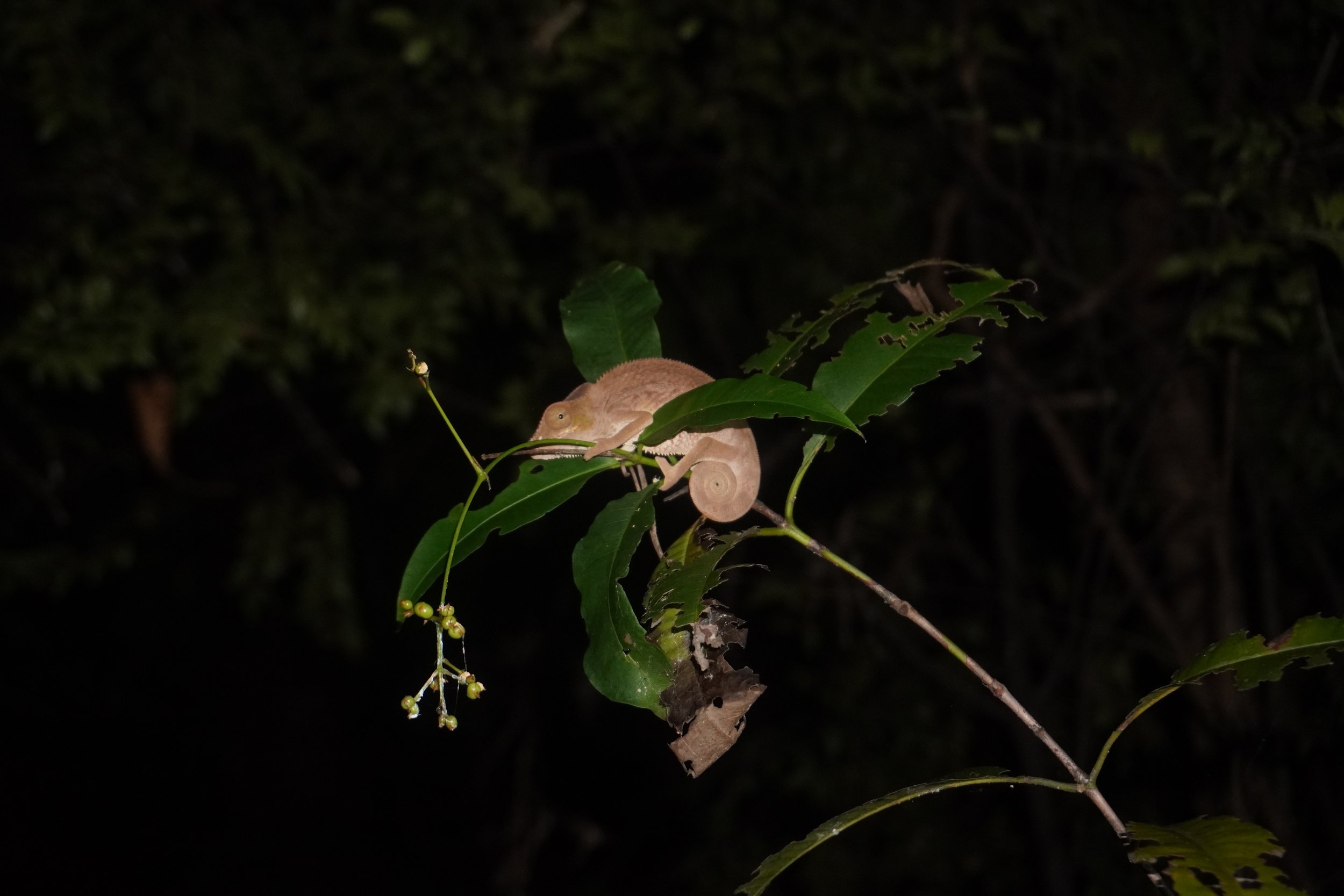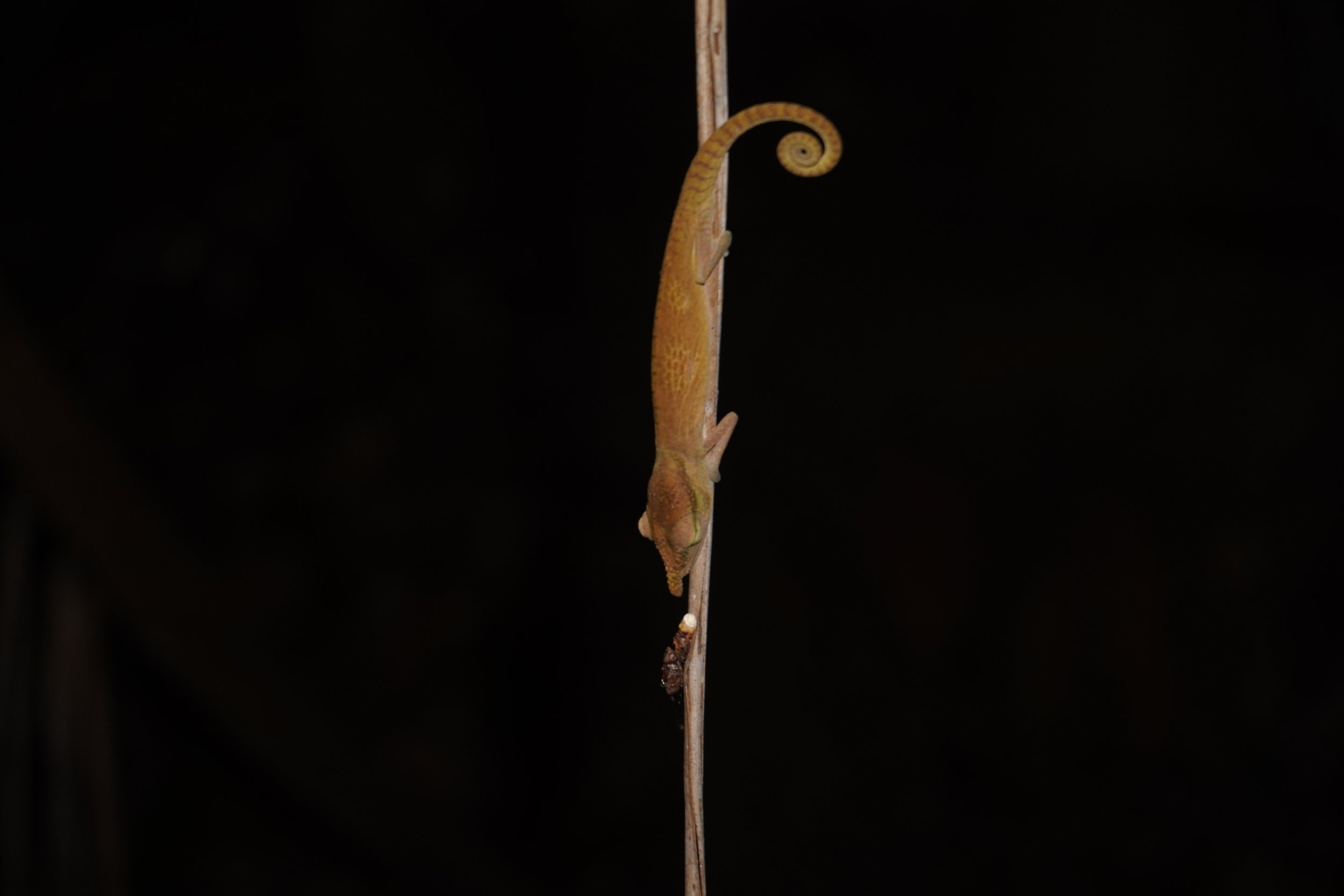Volunteering on a small island, off the coast of an island, off the coast of Madagascar, off the coast of Africa
Do all volunteer programs do good? My parents and I were looking forward to making an impact by volunteering on a small island off the coast of Madagascar with the Madagascar Conservation Research Institute, MCRI for short. MCRI claims to work on the conservation of the forest and marine areas on Nosy Komba and engage in community work in the surrounding areas. (Nosy means Island, and Komba means lemurs, so Nosy Komba is the island of lemurs.) Nosy Komba is ten square miles with a population of 8,000 people. There isn’t an electrical grid - some places have solar power - and there aren’t any roads. We stayed in bamboo huts and only ate rice for lunch and dinner for two weeks, just like the local Malagasy people.
Unfortunately, the list of positive things about my stay at MCRI is quite short. The thing I liked most about MCRI was meeting people from around the world with different backgrounds and cultures. Everyone was very friendly. I also really enjoyed the night hikes that we went on, where we saw many nocturnal reptiles.
This is a leaf-tailed gecko, and if you touch the tail, it will fall off instantly. The tail can only grow back three times.
This is a chameleon - it is red because it is hungry.
This is a cicada leaving its exoskeleton.
This is another leaf-tailed gecko. It camouflages during the day and at night goes out to hunt.
This is a crazy looking Millipede that we saw.
This lizard is regrowing its tail, which had fallen off.
This crab was really cool - it has flippers for feet so it can swim.
This chameleon is called the Brookesia minima. It is one of the smallest reptiles in the world. The minima is endemic to Nosy Be and is endangered.
One of the primary issues I had with MCRI was that the description on the website did not always match what we did while we were there. For example, we were told we would observe lemurs and survey them. We assumed the lemurs we would observe would be wild lemurs, but sadly the lemurs were fully habituated to humans in a park where tourists could feed and pet them. Wild animals should be wild - feeding and petting them is terrible for the lemurs and poor wildlife conservation practice. We later found out that MCRI helped to create the lemur park.
Another issue I had was that MCRI, on balance, is not beneficial for the marine environment around Nosy Komba. About 70 people were staying at the camp full-time. The effluent from the toilets and the showers flowed directly into the ocean. Coral reefs are an extremely sensitive community. Therefore, the myriad untreated chemicals from shampoos, sunscreens, bug repellent, and laundry detergent were likely affecting the delicate coral reefs. For a place that claims to be primarily specializing in marine conversation, finding a solution to managing effluent should be a priority for the organization.
The Forest Conservation program was the one I worked on. It also had some significant shortcomings. For example, there was a project called “agroforest,” which is attempting to reforest a deforested area with valuable agricultural trees. The goal of the project is positive, but the execution wasn’t great. We would carry saplings to the planting site, which was a 1.5-mile walk over rugged terrain. When we got there, we would separate into three groups: one group to measure plants, one group to create and place markers, and one group to plant trees. The first thing I noticed was that almost all the plants that were previously planted were dead or close to being dead. The cacao saplings likely died because they were never watered after planting, and the site chosen was in the direct sun and had dry rocky soil. The sapling nursery was primarily in the shade and watered daily. There was very little instruction by MCRI on proper transplanting and measuring techniques, and it didn’t seem like the staff had expertise in this area. I really hope the trees we planted survive and become a valuable resource for the community, but I have doubts, given the soil condition and lack of watering.
A final issue I had with the program was its waste management. All the trash that was produced at camp, including plastic, was thrown into the woods and eventually burned. This pile was in front of the local staff quarters where their little kids often played. Burning trash in informal fires releases microplastic in the atmosphere and leaches chemicals into the local groundwater. Also, in the agroforestry program, we would raise the saplings in plastic bottles. To plant them, our guide would cut open the plastic bottles and then throw the used bottles in the woods. Critiquing the locals running the program was uncomfortable, but it was difficult to participate in these practices. I assume most people volunteering are used to sorting their trash back home, so they would have been comfortable sorting trash at the camp. Creating a program that would remove waste from the island would be a valuable service for the community.
Though I doubt MCRI’s effectiveness, I was still able to learn from the experience. I learned to identify the 25 bird species present on Nosy Komba. I learned to distinguish the difference between a gecko, a chameleon, and a skink. I enjoyed meeting people from all over the world and hearing about all their different gap year plans. This has made me wonder if I want to take a gap year at the end of high school and what I would do.

